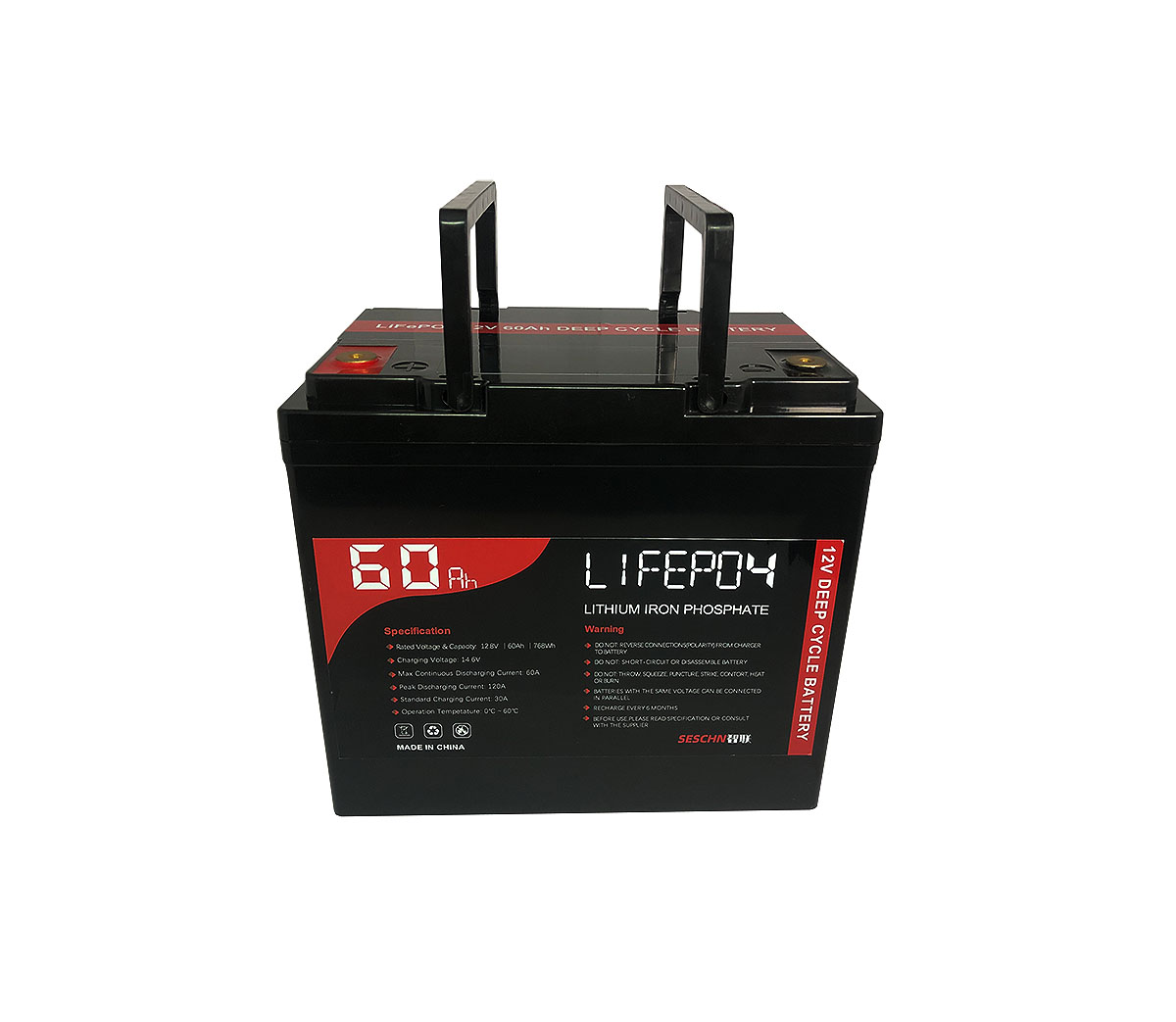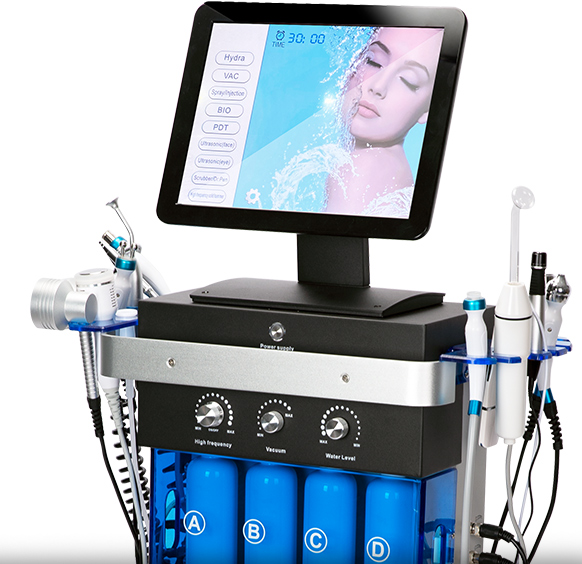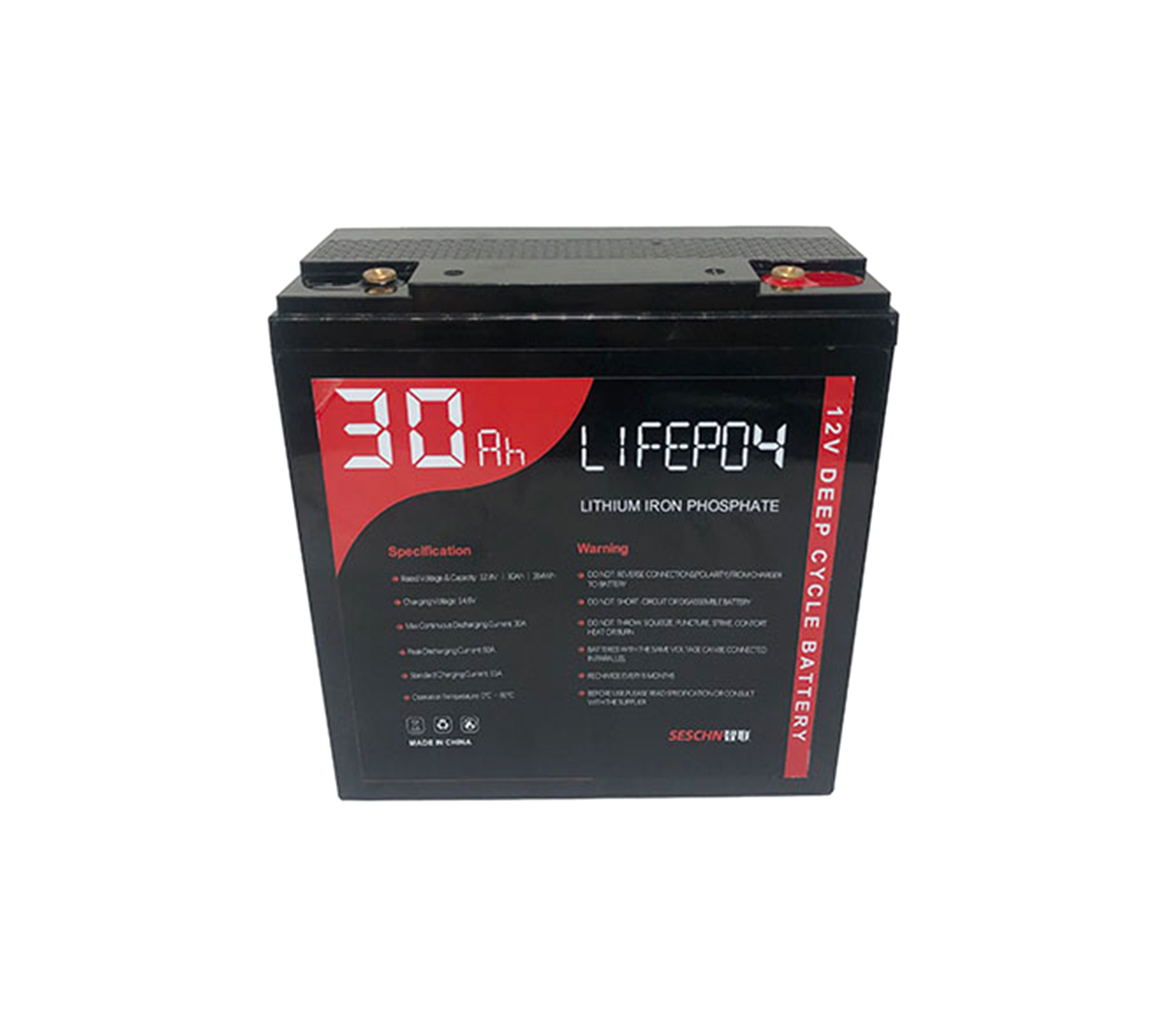
Two-dimensional graphene has excellent optical, electrical, thermal and
mechanical properties, and has huge application prospects in many traditional
industries and strategic emerging industries, and is known as the
next-generation key basic material. However, the bottleneck problem in the
industrialization and application of graphene is how to prepare high-quality
graphene products with high efficiency, large-scale, low-cost, and
environmentally friendly production.
Two-dimensional graphene has excellent optical, electrical, thermal and
mechanical properties, and has huge application prospects in many traditional
industries and strategic emerging industries. It is known as the next-generation
key basic material. However, the bottleneck problem in the industrialization and
application of graphene is how to prepare high-quality graphene products with
high efficiency, large-scale, low-cost, and environmentally friendly
production.
Graphene is one of the emerging strategic materials that will be developed
in this century. It has excellent physical and chemical properties such as
stable structure, high conductivity, high toughness, high strength, and super
large specific surface area (Table 1), which can greatly improve the composite
material. Performance, to realize the important application of composite
materials in many traditional fields and strategic emerging industries such as
aerospace, military industry, semiconductors and new-generation displays, and is
known as the next-generation key basic material.
Countries all over the world attach great importance to and raise graphene
to an unprecedented height, investing a lot of manpower, material resources and
financial resources to seize this strategic high ground. The European Commission
listed graphene as one of only two "flagship projects for future emerging
technologies." The United States also regards graphene as a strategic industry
that is as important as 3D printing technology to support future technological
development. China also clearly stated in the "Twelfth Five-Year Development
Plan for the New Material Industry" to actively develop graphene materials.
1 Application-oriented graphene preparation method
Micromechanical peeling method
Geim et al. first etched microgrooves with a width of 20 μm to 2 mm and a
depth of 5 μm on the surface of highly oriented pyrolytic graphite using an
oxygen plasma beam, then glued them to a glass substrate with photoresist for
firing, and then repeatedly removed them with transparent glue. The graphite
flakes are exfoliated from the graphite, placed in an acetone solution and
oscillated ultrasonically, and then the monocrystalline silicon wafer is placed
in the acetone solvent. Due to van der Waals force or capillary force, the
monolayer graphene will be adsorbed on the silicon wafer, thus successfully
preparing Single-layer graphene.
This method directly exfoliates a few or single-layer graphene from
graphite, which is simple and easy to implement and does not require harsh
experimental conditions. The obtained graphene maintains a perfect crystal
structure with few defects and high quality. The disadvantage is that the
production efficiency of graphene is extremely low, which is limited to basic
research in the laboratory.
epitaxial growth method
This method uses single crystal 6H-SiC as a raw material, and after etching
with hydrogen, it is heated under high vacuum by electron bombardment to remove
oxides. After confirming that the oxides on the sample surface are completely
removed by Auger electron spectroscopy, under ultra-low vacuum (1.333×10? 8Pa),
high temperature (1200~1450℃) conditions, constant temperature for 1~20min,
thermal decomposition removes the oxide Si, decomposes graphene sheets whose
thickness is controlled by temperature on the single crystal (0001) surface.
The graphene prepared by this method has high conductivity and is suitable
for electronic devices with high electrical performance requirements. The main
disadvantage is that this method will produce difficult-to-control defects and
multi-domain structure, it is difficult to obtain a long-range ordered
structure, and it is difficult to prepare large-area graphene with a single
thickness. In addition, the preparation conditions are harsh, the cost is high,
and the separation must be carried out under high pressure and vacuum
conditions.
Graphite intercalation method
"This method uses natural flake graphite as a raw material, and alkali
metal elements as an intercalating agent, and a graphite intercalation compound
is obtained by mixing and reacting the intercalating agent with graphite. The
graphite intercalation compound accelerates the exfoliation process of graphite
from two aspects. First, the insertion of the intercalant increases the distance
between graphite layers and weakens the van der Waals force between graphite
layers. Secondly, after lithium, potassium, cesium and other alkali metals are
inserted, an electron is input into the graphite crystal lattice to make the
crystal face negatively charged and generate electrostatic repulsion, which
makes the graphite crystals easy to peel and separate. Finally, the graphene
sheet is obtained by ultrasonic and centrifugal treatment.
However, the graphene sheets prepared by this method are multi-layered
(>10 layers) with a thickness of more than tens of nanometers, and the added
intercalation material will destroy the sp2 hybrid structure of graphene, which
affects the physical and chemical properties of graphene. .
solution stripping method
The solvent exfoliation method is to disperse graphite in a solvent to form
a low-concentration dispersion, use ultrasound or high-speed shear to weaken the
van der Waals force between the graphite layers, insert the solvent between the
graphite layers, and perform layer-by-layer peeling to prepare graphene . In
2014, Paton et al. first dispersed graphite in N-methylpyrrolidone (NMP)
solvent, used simple high-speed shear to quickly and efficiently exfoliate
graphite, and obtained a stable dispersion of graphene with few layers, and
proposed a method to realize graphene An effective way of large-scale
production.
The liquid phase exfoliation method can prepare high-quality graphene. The
entire liquid phase exfoliation process does not introduce chemical reactions,
avoiding the introduction of structural defects on the graphene surface, which
provides high-quality graphene for the application of high-performance
electronic devices. The main disadvantage is that the yield is very low, and it
is not suitable for large-scale production and commercial applications.
Chemical Vapor Deposition (CVD) method
This method is the main method for the industrial large-scale preparation
of semiconductor thin film materials by chemically reacting the reacting
substances in a gaseous state under higher temperature conditions, and annealing
to produce solid substances that are deposited on the surface of the metal
substrate. The CVD method prepares graphene by heating at a high temperature to
decompose the gas into carbon atoms and hydrogen atoms, annealing to deposit
carbon atoms on the surface of the substrate to form graphene, and finally
removing the metal substrate by chemical etching. In 2009, Hong et al. deposited
graphene with a thickness of 6-10 atomic layers on a nickel layer for the first
time by CVD. In 2013, Bharathi et al. prepared large-size single-crystal
graphene with a diameter of about 1 cm through the CVD method.
The CVD method is considered to be the most promising method for producing
high-quality, large-area graphene, and the most potential industrial method for
producing graphene films. However, this method is not suitable for preparing
large-scale graphene macroscopic powder, which limits its application. In
addition, the separation of graphene from the substrate is a method of
chemically corroding metals, which requires a large amount of acid to be
consumed, which will cause huge pollution to the environment, and at the same
time make the cost high. Therefore, how to peel off the substrate to obtain
intact graphene efficiently and at low cost is the main problem faced by this
method.
oxidation reduction method
The oxidation-reduction method can be simplified into three steps of
"oxidation-exfoliation-reduction". Specifically, the graphite is first oxidized
with a strong oxidizing agent, and the surface of the graphite is oxidized to
form hydrophilic hydroxyl, epoxy, and carboxyl groups containing oxygen groups.
This process will expand the interlayer distance of graphite from the original
0.34nm to 0.8nm. The expansion of the interlayer distance can effectively weaken
the van der Waals attraction between the layers and is easy to peel off; then
the graphite oxide is peeled off by the ultrasonic method. The graphite oxide
suspension radiates in dense and dense phases, causing a large number of tiny
bubbles to be generated in the liquid. These bubbles form and grow in the
negative pressure zone where the ultrasonic wave propagates in the longitudinal
direction, and quickly close in the positive pressure zone. This is called " In
the process of the cavitation effect, the closed bubble can form an
instantaneous high pressure exceeding 1.0×108Pa. The continuously generated high
pressure is like a series of small “explosions” that continuously impact the
graphite oxide, causing the graphite oxide flakes to rapidly peel off to obtain
a single layer. Graphene oxide; Finally, the graphene oxide is reduced at high
temperature or in a reducing solution to reduce and remove the hydroxyl, epoxy,
and carboxyl groups on the surface of the graphene oxide to restore the perfect
two-dimensional sp2 of graphene. Hybrid structure to obtain graphene
products.
summarized the current main preparation methods of graphene in terms of
product quality, cost-effectiveness, environmental friendliness, purity, yield,
and industrialization prospects. It can be seen that, compared to other
preparation methods with complex operations, high cost or low yield, the
oxidation-reduction method can produce high-quality graphene in large quantities
and efficiently, and the process is relatively simple, which is the current
large-scale preparation of graphene materials. The only effective way.



































